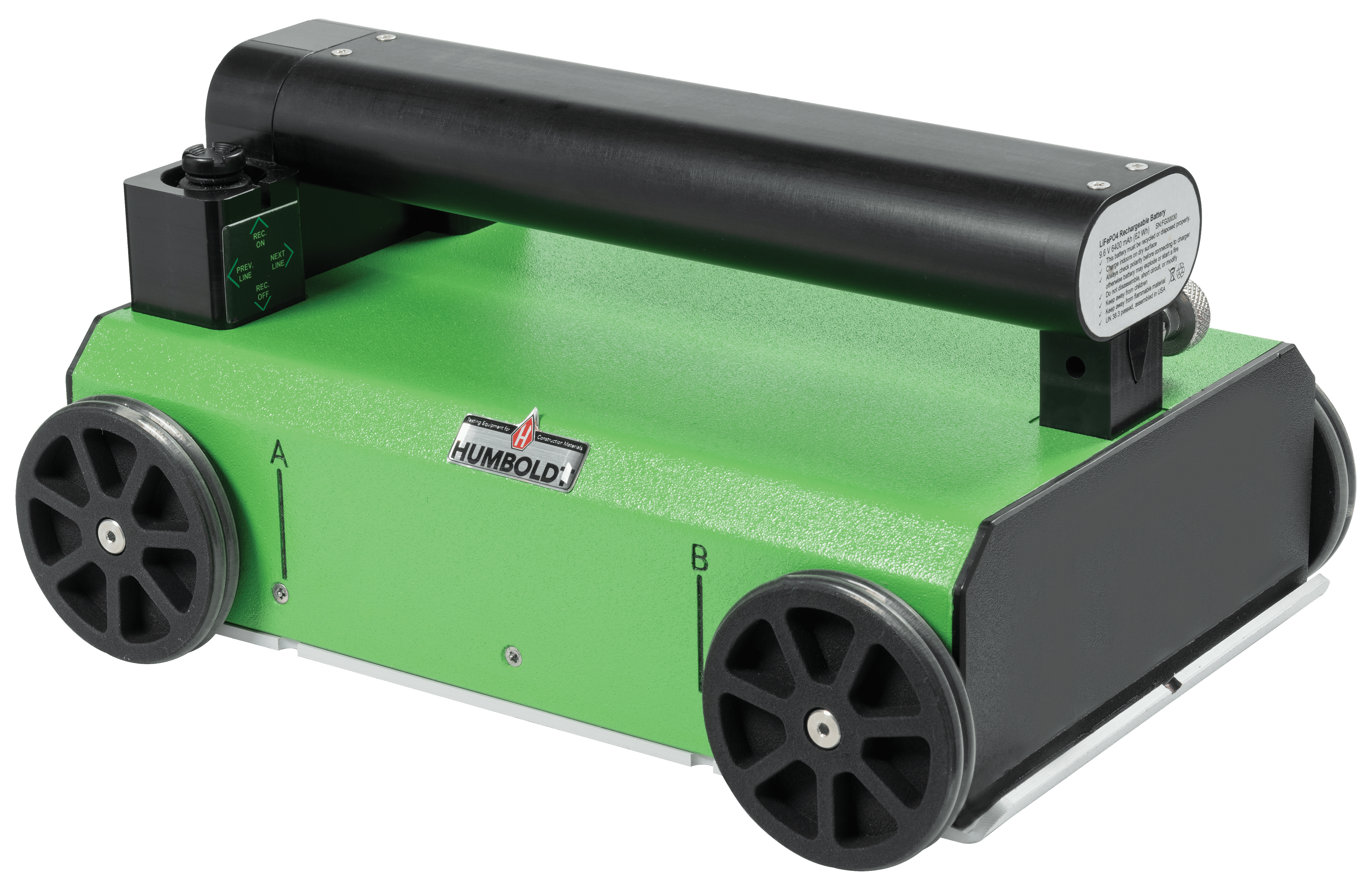RainierGPR Service Areas: Comprehensive Protection for Concrete Scanning
RainierGPR Service Areas: Comprehensive Protection for Concrete Scanning
Blog Article
Concrete Scanning: A Critical Action Towards Guaranteeing Architectural Stability and Security
In the realm of construction and infrastructure upkeep, the relevance of concrete scanning can not be overstated. This precise process holds the key to unveiling possible threats concealed below the surface area of relatively solid structures. By using innovative technology and methods, concrete scanning offers as a pivotal tool in ensuring that the stability and security of structures and bridges are upheld to the highest standards. Nonetheless, beyond its surface-level implications, the duty of concrete scanning prolongs much deeper than meets the eye.
Significance of Concrete Scanning
Concrete scanning plays an essential duty in ensuring the architectural honesty and security of structures and infrastructure jobs. By making use of sophisticated innovations such as ground-penetrating radar (GPR) and electromagnetic induction, professionals can non-destructively check concrete structures to find possible issues, voids, ingrained objects, and support design. This procedure makes it possible for very early detection of abnormalities that might endanger the security of a structure, stopping expensive damages and ensuring the security of residents.
Prior to drilling, cutting, or coring right into concrete, scanning helps determine the exact areas of rebar, post-tension cable televisions, and other embedded components, minimizing the threat of unintentional hits that can lead to structural weaknesses. In addition, concrete scanning aids in quality control by verifying the density of concrete covers and spotting any kind of discrepancies that might influence the overall sturdiness of the framework.
Modern Technology for Concrete Examination

Advantages of Very Early Discovery
Prompt detection of structural issues can significantly minimize dangers and make certain the durability of building and construction jobs. By recognizing potential issues early in the construction procedure, stakeholders can take positive actions to address problems prior to they rise right into bigger and a lot more pricey problems. Among the vital benefits of very early detection is the avoidance of architectural failures, which can posture severe see it here security risks and cause task hold-ups and economic losses.
Moreover, early detection enables prompt fixings and maintenance, which can help extend the life-span of the framework. By dealing with issues without delay, building teams can stay clear of costly fixings and even the requirement for premature replacement of structural components. This proactive approach not just conserves time and money however likewise improves the general security and longevity of the construction project.
In addition, early discovery can boost project preparation and decision-making by offering stakeholders with important insights right into the problem of the framework. Equipped with this info, job managers can make educated options relating to building methods, timelines, and products, resulting in much more effective and reliable project outcomes.
Ensuring Architectural Stability
Making sure the structural stability of a construction job is extremely important to its safety and security and long life. Structural stability refers to the capacity of a structure or framework to maintain its type and function under different loads and environmental problems. To attain this, complete evaluation and tracking of the structure are necessary. Concrete scanning plays an important function in making certain structural security by identifying potential concerns such as gaps, delamination, or reinforcement deterioration that could endanger the stability of the structure with time.
By making use of sophisticated scanning modern technologies like ground-penetrating radar (GPR) and electro-magnetic induction, construction experts can non-invasively evaluate concrete frameworks to recognize locations of problem underneath the surface. This aggressive approach allows for the very early discovery of weak points or flaws, allowing timely repairs or reinforcement to stop architectural failings.
Regular concrete scanning throughout different construction stages and throughout the life process of a framework can aid maintain its security, minimize dangers, and make certain the safety of occupants. By prioritizing structural stability through concrete scanning, building projects can boost their resilience and resilience, inevitably adding to better safety and straight from the source longevity.
Avoiding Vital Failures
To secure versus tragic events, meticulous surveillance and positive upkeep are critical in avoiding crucial failures within structural frameworks. Identifying prospective issues before they escalate is key to stop architectural failures. Applying routine inspections, such as concrete scanning, can reveal covert problems like voids, cracks, or rust that can jeopardize the integrity of a framework. By making use of innovative scanning modern technologies like Ground Passing through Radar (GPR) or Concrete X-ray, designers can non-destructively assess the problem of concrete and identify weak points that need reinforcement or repair service - RainierGPR Service Areas.

Conclusion
To conclude, concrete scanning plays an important function in making certain architectural integrity and security by using advanced modern technology for early detection of prospective problems. This positive technique assists stop important failings and makes certain the stability of frameworks. It is necessary to prioritize concrete assessment as a standard method to safeguard the long life and safety of buildings and facilities.
Concrete scanning plays an essential role in making certain the architectural integrity and from this source safety and security of structures and framework tasks. Furthermore, concrete scanning help in high quality control by confirming the density of concrete covers and identifying any type of discrepancies that might affect the total resilience of the framework. Concrete scanning plays a crucial duty in ensuring structural stability by discovering possible problems such as spaces, delamination, or reinforcement corrosion that can compromise the honesty of the framework over time.

In verdict, concrete scanning plays an essential role in ensuring structural integrity and safety by making use of sophisticated modern technology for early discovery of prospective issues.
Report this page